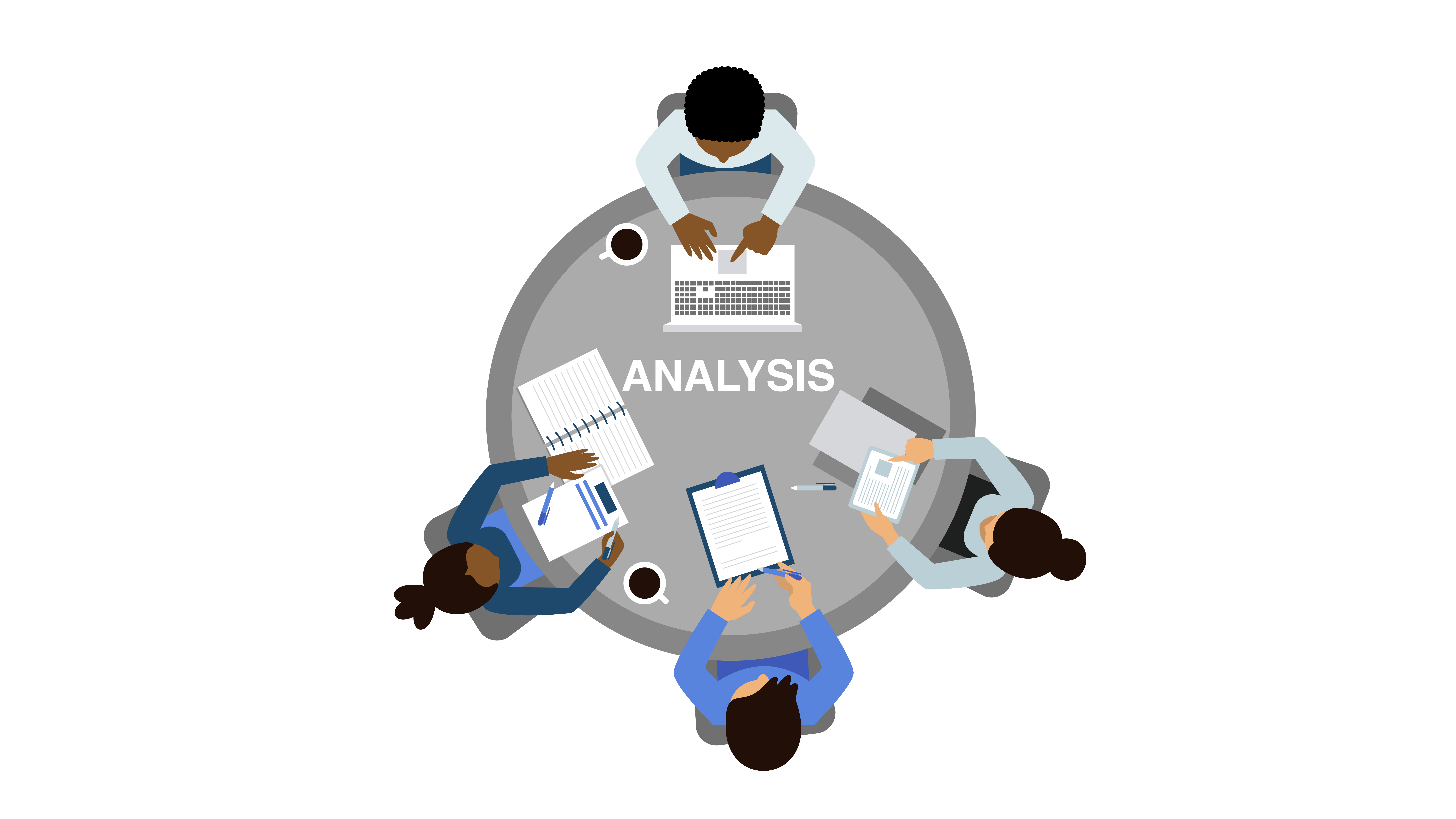Featured
Modern businesses require a central location for Customer Data Platforms (CDPs). It is a critical tool. These applications provide an improved and complete picture of customers' needs, which can be used to improve marketing strategies and personalize customers' experiences. CDPs come with a wide range of features, including data governance, data quality and formatting. This allows customers to be compliant in how they are stored, used and accessed. CDPs are a great way for companies to collect and store customer data in a CDP can help companies connect with customers and place it at the core of their marketing initiatives. It is also possible to draw data from different APIs. This article will look at the different aspects of CDPs and the ways they can aid businesses.
customer data platform definition
Understanding CDPs. A Customer data platform (CDP) is a piece of software that allows businesses to gather, store and manage information about customers from a single place. This provides a clearer and more complete view of your client and allows you to target marketing and customize customer experience.
-
Data Governance The most significant features of a CDP is its ability to classify, protect and manage information that is being incorporated. This involves profiling, division and cleansing of incoming data. This helps ensure compliance with data regulations and policies.
-
Data Quality: Another crucial aspect of CDPs is ensuring that the data taken is of top quality. This means that the data is correctly recorded and is of the highest quality requirements. This reduces the expenses for cleaning, transforming and storage.
-
Data Formatting: A CDP is also used to ensure that data conforms to a predefined format. This allows data types like dates to be matched across customer data and ensures an accurate and consistent entry of data. customer data support platform
-
Data Segmentation Data Segmentation CDP can also facilitate the segmentation of customer data so that you can better understand the different types of customers. This lets you compare different groups to one another to determine the right sample distribution.
-
Compliance The CDP lets organizations handle customer information in a regulated way. It allows you to specify safe policies and classify information based on these policies. It can also help you identify compliance violations while making decisions about marketing.
-
Platform Selection: There is a wide range of CDPs and it's important to be aware of your requirements prior to selecting the right one. This includes considering features such as data privacy and the ability to access data from other APIs. cdp data platform
-
Put the customer at the Center: A CDP lets you integrate real-time data about customers. This allows for immediate accuracy, precision, and unity which every department in marketing requires to increase efficiency and connect with customers.
-
Chat, billing and more: A CDP helps you locate the context for fantastic conversations, no matter if you're looking for billing or past chats.
-
CMOs and CMOs and Data: According to the CMO Council 61% of CMOs believe they're not leveraging the power of big data. The 360-degree view of customers provided by a CDP is a great approach to address this issue and enable better marketing and customer interaction.
With many different types of marketing innovation out there each one generally with its own three-letter acronym you might question where CDPs come from. Despite the fact that CDPs are among today's most popular marketing tools, they're not a completely originality. Instead, they're the most recent step in the development of how online marketers handle consumer information and customer relationships (What Are Cdps).

For a lot of online marketers, the single biggest value of a CDP is its capability to sector audiences. With the capabilities of a CDP, online marketers can see how a single consumer engages with their business's different brand names, and identify opportunities for increased personalization and cross-selling. Of course, there's much more to a CDP than segmentation.
Beyond audience division, there are 3 big reasons that your business might want a CDP: suppression, customization, and insights. One of the most intriguing things marketers can do with data is recognize clients to not target. This is called suppression, and it becomes part of providing truly individualized consumer journeys (What is Cdp in Marketing). When a customer's merged profile in your CDP includes their marketing and purchase data, you can suppress ads to consumers who've currently made a purchase.

With a view of every client's marketing interactions connected to ecommerce information, site visits, and more, everyone across marketing, sales, service, and all your other groups has the possibility to understand more about each client and provide more customized, relevant engagement. CDPs can assist marketers resolve the root triggers of many of their biggest everyday marketing problems (Cdp Data).
When your data is detached, it's harder to comprehend your clients and create meaningful connections with them. As the number of information sources utilized by marketers continues to increase, it's more important than ever to have a CDP as a single source of truth to bring all of it together.
An engagement CDP utilizes customer data to power real-time customization and engagement for customers on digital platforms, such as sites and mobile apps. Insights CDPs and engagement CDPs make up the bulk of the CDP market today. Really few CDPs consist of both of these functions similarly. To pick a CDP, your business's stakeholders ought to think about whether an insights CDP or an engagement CDP would be best for your requirements, and research the couple of CDP alternatives that include both. Customer Data Platform Cdp.
Redpoint GlobalLatest Posts
How CDPs Can Improve Customer Engagement
CDPs and the Role of Data Segmentation in Marketing
The Advantages of Segmenting Customer Data with a CDP